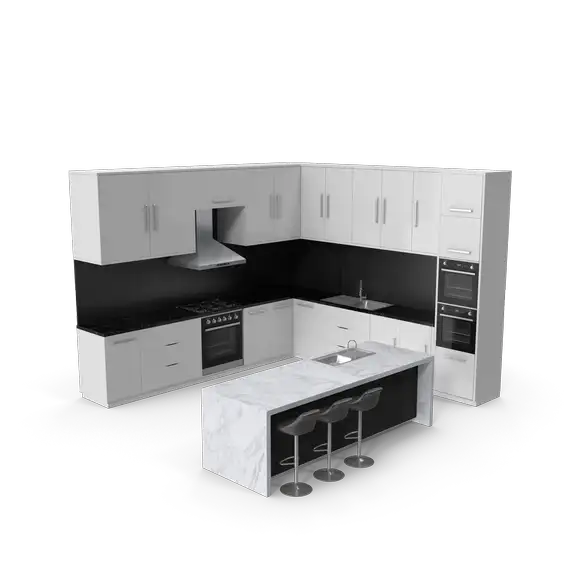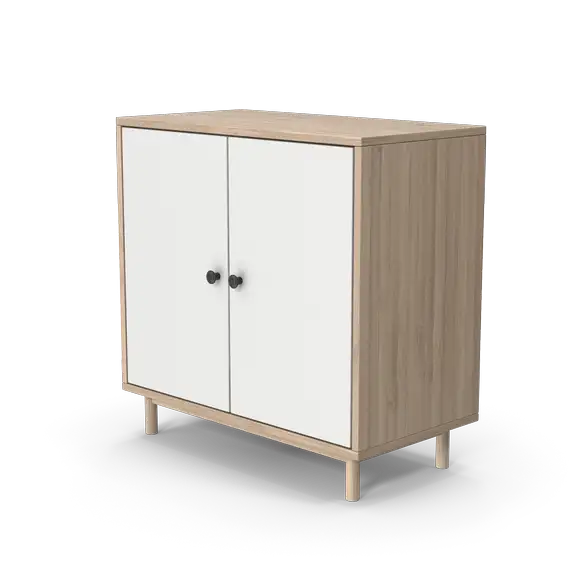What is an 8-Foot Ceiling?
An 8-foot ceiling, measuring eight feet from the floor to the ceiling, is considered the standard height in many residential homes. This measurement has become a norm due to its balance between spatial comfort, construction cost-effectiveness, and efficiency in heating and cooling.
Historical and Practical Reasons for the Popularity of 8-Foot Ceilings
- Historical Norms: Traditionally, ceilings in residential buildings were constructed to be 8 feet high, partly due to the standard lengths of construction materials and the ease of installation.
- Practicality: The height is practical for heating and cooling purposes, as it allows for efficient air circulation without the volume of space being too large to heat or cool economically.
Benefits of 8-Foot Ceilings
- Cost-Effective Construction: Standard ceiling heights facilitate the use of pre-cut materials and reduce the need for custom solutions, which can significantly lower construction costs.
- Energy Efficiency: Smaller volume spaces are easier and cheaper to heat and cool. An 8-foot ceiling strikes a good balance between having enough vertical space to feel open and not so much that it becomes costly to manage the climate.
- Ease of Maintenance and Decoration: Ceilings of this height are easier to paint, clean, and decorate without the need for specialized equipment or excessive scaffolding.
- Real Estate Standards: Most residential properties feature 8-foot ceilings, making this a familiar and expected height in new homes, which aligns with buyer expectations and comfort levels.
Common Applications
- Residential Homes and Apartments: Ideal for single-family homes, apartments, and other residential units where standard building materials are used.
- Commercial Spaces: Some commercial spaces also adopt this standard to reduce construction and heating/cooling costs, especially in office buildings and retail spaces where high ceilings are not functionally necessary.
Design and Aesthetic Considerations
- Room Proportion and Scale: An 8-foot ceiling can help maintain proper proportion and scale in smaller rooms, making them feel cozy yet not cramped.
- Lighting and Acoustics: Standard ceiling heights are typically easier to light effectively with standard fixtures and can offer better acoustic control compared to higher ceilings, which may require more complex solutions.
Challenges and Limitations
- Perceived Space Limitation: In larger rooms, an 8-foot ceiling might make the space feel smaller or more confined than it actually is.
- Limited Architectural Flexibility: Higher ceilings can provide a dramatic visual effect and a sense of luxury that 8-foot ceilings cannot, which might be preferred in custom or high-end home designs.
















